Are Suburban Offices Strengthening Their Comeback?
Urbanization will be the biggest trend for these spaces, predicts Ralph Zucker of Inspired by Somerset Development.

Ralph Zucker, President, Inspired by Somerset Development. Image courtesy of Inspired by Somerset Development
The appeal of improved work-life balance, more cost-effective housing alternatives and the opportunity to easily access nature and outdoor spaces have all served as driving forces behind individuals’ decision to relocate to smaller cities or suburban areas.
Today, many Americans enjoy the flexibility that comes with their newfound lifestyle. And although they no longer want to waste time on long commutes, they still long for in-person interactions and need dynamic office spaces that boost their productivity and creativity. This has been fueling demand for suburban offices across the country, strengthening the sector’s comeback following the pandemic.
Commercial Property Executive talked to Ralph Zucker, president of Inspired by Somerset Development, a real estate development firm with a strong focus on transit-oriented, adaptive reuse, and large-scale redevelopment projects. Zucker weighed in on why demand for modern, suburban office spaces is only building up, and provided insights into his company’s recent ventures in the suburban office sector.
READ ALSO: Designing the Suburbs of the Future
How has demand for suburban office space performed in the past 12 months, particularly for properties that offer flexible lease models?
Zucker: Since 2020, many have declared the suburban office park to be dead. Isolated properties—many of which were built in the 1970s or 1980s and lack the kind of amenities or dynamic typically seen in newer assets throughout major cities—were being passed over by workers. This was exacerbated even further by the pandemic.
Today, the office market is a tale of two cities. While the sector overall is facing slowing leasing activity as a potential recession looms, the outlook in the suburbs is actually a bit brighter. In fact, in the third quarter of 2022, vacancy in suburban offices was 11 percent, compared to 18 percent for CBD offices and 21.9 percent for the office market as a whole, according to a recent JLL market report.
As it relates to flexible lease terms, companies today are uncertain about their current space needs, and even more uncertain about the future. The introduction to the hybrid work schedule and work-from-home alternatives have turned the workplace upside down. So, naturally, properties that offer flexible lease options, including coworking—such as our Ready-to-Wear suites—conferencing amenities, and other flexible lease terms are poised to capture the attention of employees and companies. The suburban office market benefits from flexible leasing as employees’ needs have shifted dramatically in past years.
What are some of the key factors driving suburban office demand today?
Zucker: Location remains a key factor driving demand and leasing for suburban offices. For many, a commute into the city is not feasible and companies realized they were missing out on a tremendous talent pool. The modern suburban office, with its convenient location and amenity offerings, provides tenants with the best of both worlds and is exactly what today’s workers are seeking.
Furthermore, the suburban office is transforming large, single-tenant properties into tech-style, mixed-use campuses, offering many of the conveniences of a bustling urban locale—retail, health and wellness options, dedicated green space etc.—without the long and arduous commute that has prevented many suburbanites from working in the city.
Are there any specific regions or markets where you’re noticing particularly strong demand for suburban office space?
Zucker: Suburban downtown markets in New Jersey, specifically those that have vibrant main streets or town centers, such as Morristown, Red Bank and Bell Works in Holmdel, N.J., are experiencing a surge in activity, driving vacancy factors down and rental pricing up to an all-time high. Bell Works—the 2 million-square-foot former Bell Labs campus reimagined as a self-contained metropolis in suburbia, or metroburb—is nearly 100 percent leased more than two years after the pandemic and is at the forefront of this trend, seeing demand for its prime office space.
People today want to work in dynamic spaces that inspire them, and this is definitely the case at Bell Works. The metroburb model’s success can be seen in Bell Works Chicagoland in Hoffman Estates, Ill., where we’ve also seen an uptick in activity recently.
How much have suburban offices changed in recent years to meet the needs of modern businesses and their employees, who often prioritize flexibility and work-life balance?
Zucker: As the pandemic propelled a reverse migration of companies from CBDs to suburban markets throughout the nation, suburban offices now provide what many people were accustomed to in the city. These office spaces tend to be Class A buildings that are highly amenitized with more modern finishes. Additionally, as work-life balance has become even more of a priority for today’s workers, having the opportunity to work at an office space that’s close to home is incredibly appealing…
Another adaptation of the suburban office is coworking spaces, as companies recognize that the five-day in-person workweek is no longer the norm. By embracing amenitized coworking spaces, employers can attract and retain talent, providing them with access to lifestyle-enhancing amenities such as fitness centers, elevated meal options and networking events. The employer not only benefits from happier employees—which can lead to higher retention rates—but also the cost savings associated with lenient lease terms.
READ ALSO: What Office Users Want in Flex Space Now
Are there any potential challenges or risks on the horizon for suburban offices, considering the current economic climate?
Zucker: Uninspired offices that don’t adapt to the constantly changing needs of employees will slowly but surely be vacated. Top companies that wish to stay ahead of the curve must factor in the increasing number of remote and hybrid employees who not only make up a rapidly growing segment of today’s workforce, but also greatly benefit their businesses.
Please tell us more about some of your suburban office projects that reflect the current trends in the market.
Zucker: Bell Works in Holmdel, N.J., is a once-vacant corporate campus, but it has now been transformed into a thriving mixed-use metroburb that encapsulates the liveliness of a city amidst the tranquility of the suburbs.
Following the success of the metroburb model, in 2018, Inspired was contacted by public officials in the Chicago suburb of Hoffman Estates about creating a new metroburb at a vacant former AT&T campus in town. Today, the 1.2 million-square-foot campus is known as Bell Works Chicagoland and has already begun attracting a growing list of both office tenants and retailers to create the country’s second metroburb, including Club Colors, Heritage-Crystal Clean, Mosquito Hunters, Clover Imaging Group and Fairground Coffee & Tea.
Do you see any potential for suburban office spaces to attract more diverse industries and businesses going forward?
Zucker: Suburban office spaces are beginning to attract more manufacturers, especially when they are tied to a marketing or corporate team headquartered in the same facility. Modern companies’ commitment to the post-pandemic office of the future—with spaces that are rich with amenities, conveniences for commuters and available on flexible terms—apply to not only the corporate employee, but those in all industries. This trend also signals to flexible industrial businesses that Class A spaces are attainable with the metroburb’s ability to accommodate various business types.
How are large corporations using suburban offices as part of their overall real estate strategies?
Zucker: The hub-and-spoke model is alive and well, and many large companies are realizing the benefit of establishing a footprint in the suburbs. These mixed-use spaces not only attract companies and employees, but can also act as a center for the community. The modern suburban center is now seen as a touchdown space to have serendipitous interactions, get inspired, dine with friends and family, and meet up with coworkers.
Looking ahead, what do you see as the biggest trends in the suburban office market?
Zucker: The biggest trend in the suburban office market will be the urbanization of suburban spaces, or the creation of more metroburbs. This concept will far succeed the traditional mixed-use development also found in the suburbs. Office spaces will need to provide more than just the office: It will benefit from being a sort of town center or main street, including an array of shopping and dining, along with practical resources such as doctors’ offices, fitness studios, libraries, daycare, and more.

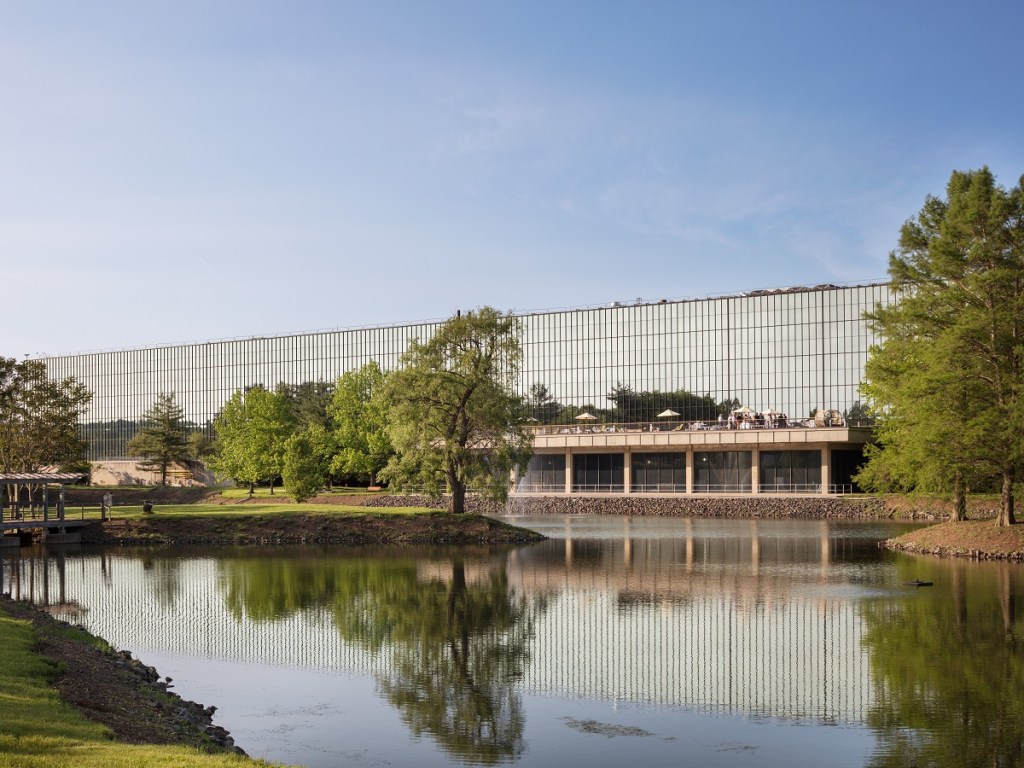
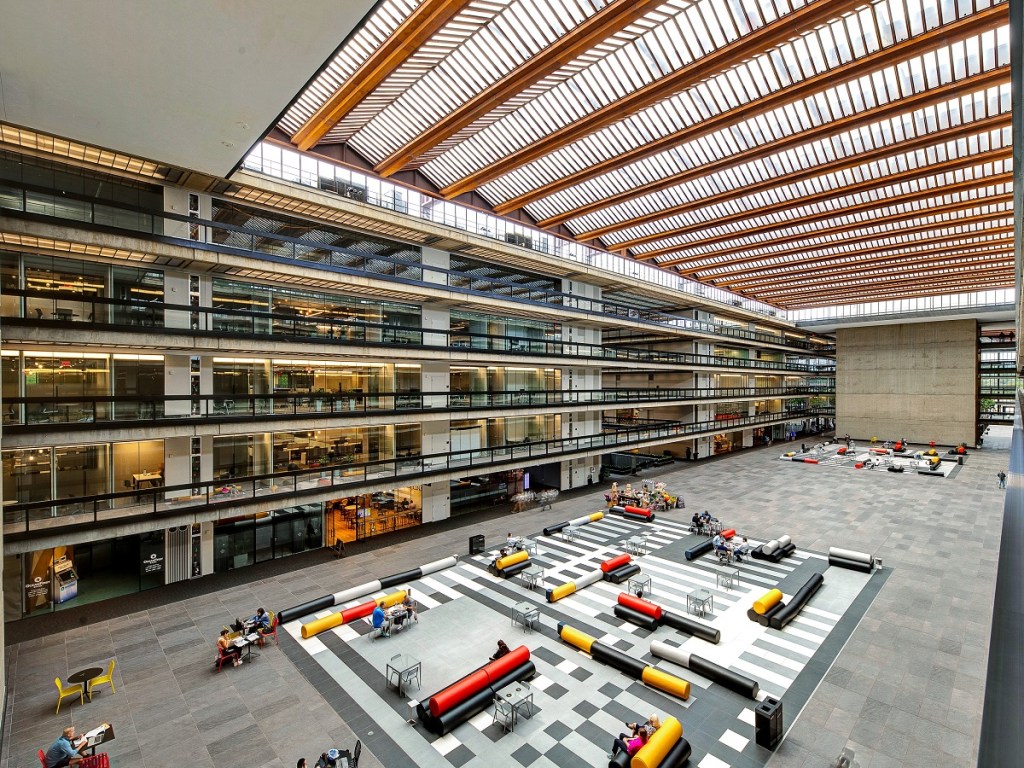
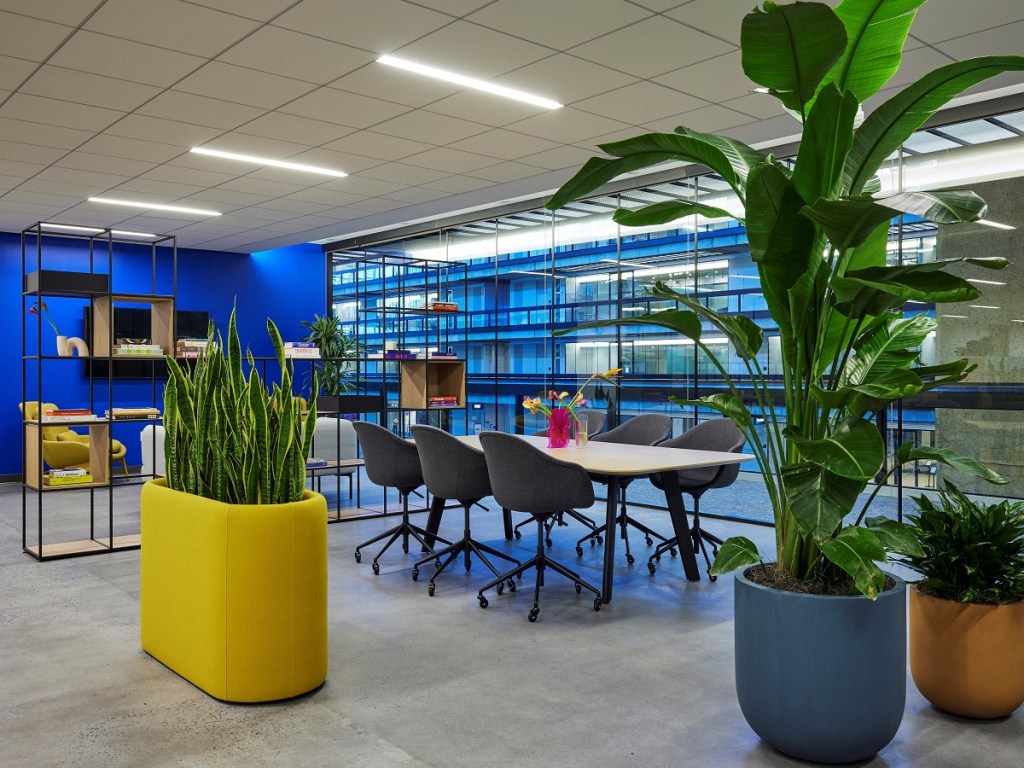

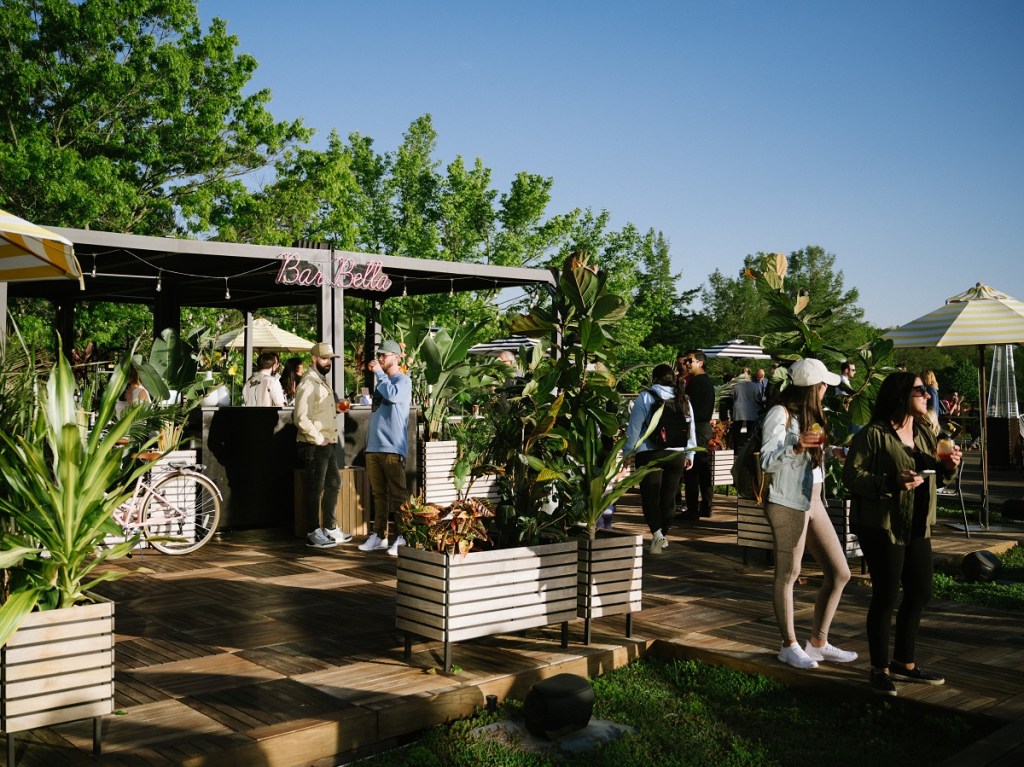
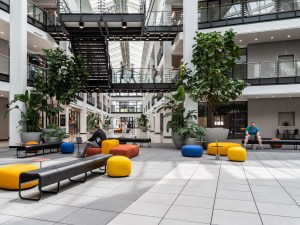






You must be logged in to post a comment.